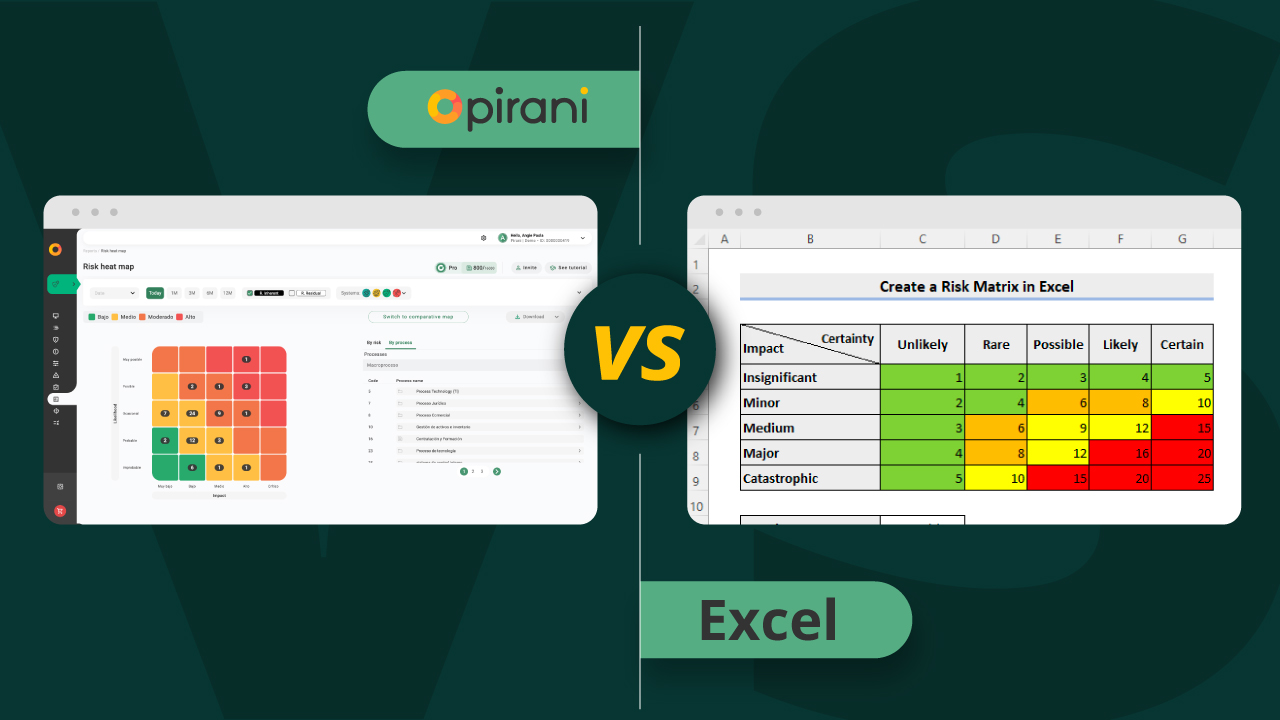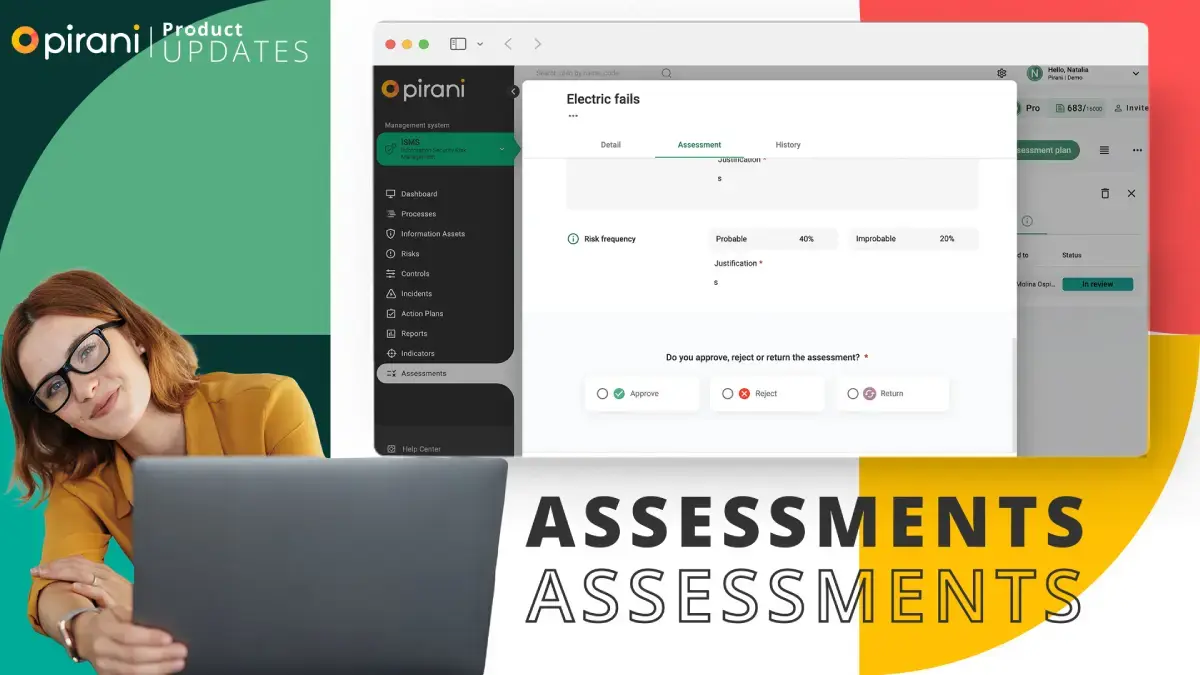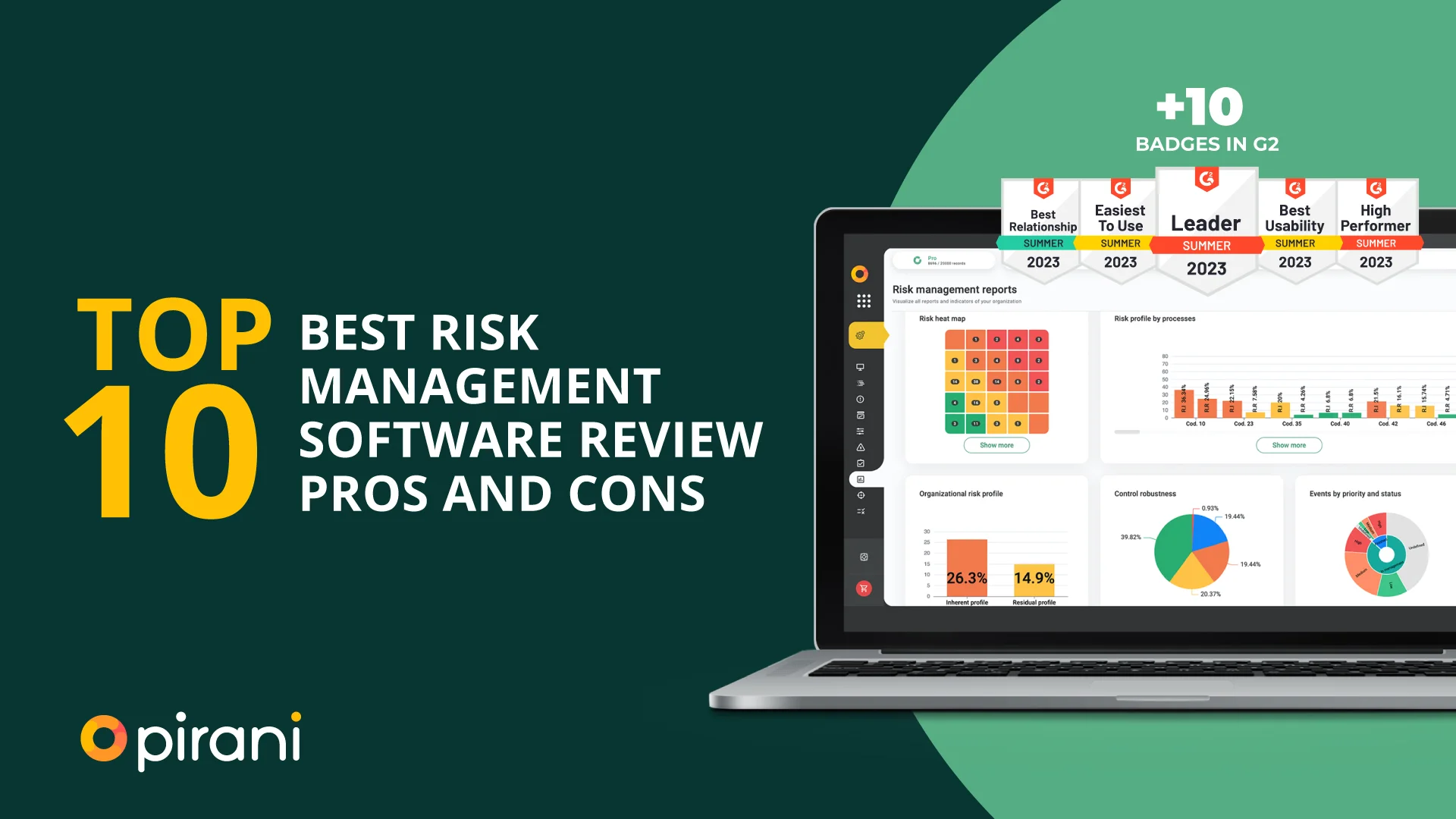Operational Risk Assessment: Identify & Mitigate Risks
Discover the essential steps to conduct an operational risk assessment and learn how to identify and mitigate potential risks in your business.

Understanding Operational Risk Assessment
Operational risk assessment is a crucial process for businesses to identify and manage potential risks that may impact their operations. It involves evaluating the likelihood and potential impact of various risks, such as financial loss, regulatory non-compliance, technological failures, or human errors. By understanding operational risk assessment, businesses can proactively mitigate these risks and protect their operations.
To conduct a practical operational risk assessment, businesses need to have a clear understanding of their operations, including processes, systems, and key stakeholders. They should also consider external factors affecting their operations, such as market conditions, industry trends, or geopolitical events. By gathering this information, businesses can identify potential risks and prioritize them based on their likelihood and potential impact.
Moreover, businesses should involve relevant stakeholders in the risk assessment process, including employees, managers, and subject matter experts. This collaborative approach allows for a comprehensive assessment of risks from different perspectives and ensures that all potential risks are considered.
Overall, understanding operational risk assessment is the first step toward effectively managing risks in your business. By gaining a clear understanding of potential risks and involving key stakeholders in the process, businesses can take proactive measures to mitigate these risks and safeguard their operations.
Identifying Potential Risks
Identifying potential risks is a crucial aspect of operational risk assessment. It involves systematically analyzing various aspects of your business to identify potential risks that may impact your operations. By identifying these risks, businesses can develop strategies to mitigate them and minimize their potential impact.
There are several methods that businesses can use to identify potential risks. One common approach is to conduct a thorough review of your business operations, including processes, systems, and key stakeholders. By analyzing each aspect of your operations, you can identify potential vulnerabilities and areas where risks may arise. Additionally, businesses can gather insights from industry best practices, benchmarking studies, or lessons learned from past incidents to identify potential risks specific to their industry or business.
Identifying potential risks is a critical step in operational risk assessment. By systematically analyzing your business operations and involving key stakeholders, businesses can identify potential risks and develop strategies to mitigate them.
Assessing Risk Severity
Assessing the severity of risks is an important step in operational risk assessment. It involves evaluating the potential impact of identified risks on your business operations and prioritizing them based on severity. By assessing risk severity, businesses can allocate resources effectively and prioritize risk mitigation efforts.
To assess risk severity, businesses should consider the likelihood and potential impact of each identified risk. Likelihood refers to the probability of a risk occurring, while potential impact refers to the magnitude of the consequences if the risk materializes. By evaluating these factors, businesses can assign a severity rating to each risk, such as low, medium, or high.
Additionally, businesses should consider the interconnectedness of risks and their potential cascading effects. Some risks may have a domino effect, where the occurrence of one risk triggers a chain of events leading to other risks. By considering these interdependencies, businesses can assess the overall severity of risks and prioritize their mitigation efforts accordingly.
By assessing risk severity, businesses can focus on addressing high-severity risks first while also implementing measures to mitigate medium and low-severity risks. This approach allows businesses to manage risks and minimize their potential impact on operations effectively.
Developing Risk Mitigation Strategies
Developing risk mitigation strategies is a crucial step in operational risk assessment. It involves identifying and implementing measures to reduce the likelihood and potential impact of identified risks. By developing effective risk mitigation strategies, businesses can protect their operations and minimize the potential consequences of risks.
To develop risk mitigation strategies, businesses should consider the specific characteristics of each identified risk. This includes understanding the root causes of the risk, the likelihood of its occurrence, and the potential impact on operations. Based on this analysis, businesses can develop tailored strategies to mitigate each risk.
There are several common risk mitigation strategies that businesses can consider. These include implementing redundant systems or backup plans to minimize the impact of technological failures, implementing robust internal controls and procedures to prevent financial loss or fraud, or providing training and education programs to employees to minimize human errors.
It is important for businesses to regularly review and update their risk mitigation strategies to ensure their effectiveness. As the business and external environment evolves, new risks may emerge, or existing risks may change in severity. By staying vigilant and adaptive, businesses can continuously improve their risk mitigation strategies and effectively manage operational risks.
Implementing Risk Mitigation Measures
Implementing risk mitigation measures is the final step in operational risk assessment. It involves implementing strategies and measures developed to mitigate identified risks. By implementing these measures, businesses can proactively manage risks and protect their operations.
To effectively implement risk mitigation measures, businesses should have a clear plan and allocate appropriate resources. This includes assigning responsibilities to relevant employees or teams, establishing timelines for implementation, and ensuring the necessary tools or systems are in place.
Communication and training are key aspects of implementing risk mitigation measures. Businesses should communicate the importance of the measures to all relevant stakeholders and provide training or education programs to ensure proper understanding and compliance. Additionally, businesses should establish mechanisms for monitoring and reporting on the effectiveness of implemented measures, allowing for continuous improvement and refinement.
By implementing risk mitigation measures, businesses can effectively manage operational risks and minimize their potential impact on operations. Regular monitoring and evaluation of implemented measures can further enhance the effectiveness of risk mitigation efforts.
You May Also Like
These Related Stories

Excel vs. Cyber-Risk Management Platform: Better Option to Mitigate Risk

5 tools to identify risks in a company

Key elements of the risk management system

What is a key risk indicator (KRI)?

Assess and monitor your risk systems


Comments (1)